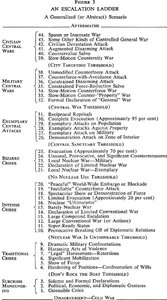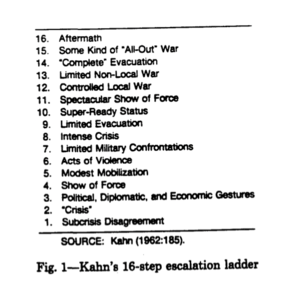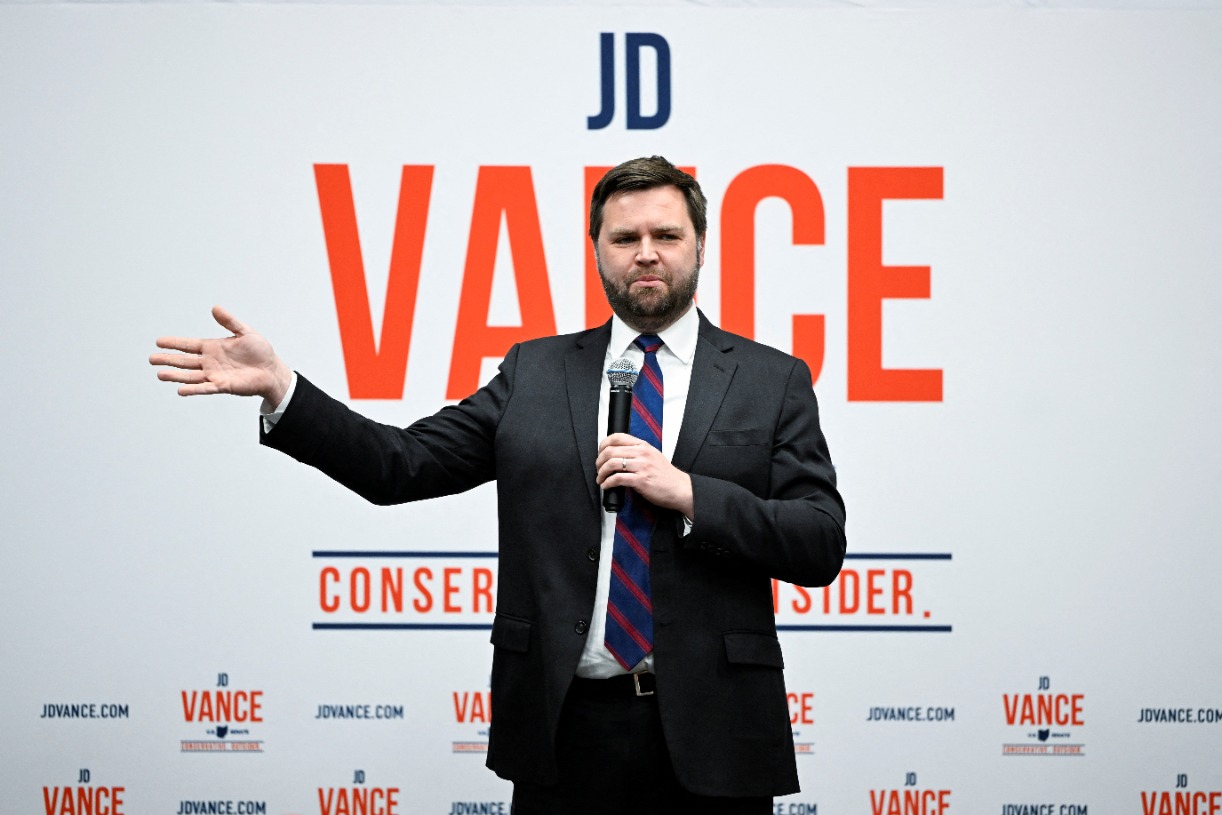^Evacuation, er det til himmelen med panservogn eller andre transportmidler?
Kahn var i "Megadeath Intellectuals" kretsen på 1960-tallet.
Noen sitter og funderer på hvordan man får levende matjord; andre sitter og lar tankene vandre i "Complete Evacuation" terminologi.
Herman Kahn and the nuclear age.

www.newyorker.com
EDIT:
The best-known response to “On Thermonuclear War” was a movie. Stanley Kubrick began reading intensively on nuclear strategy soon after he finished directing “Lolita,” in 1962. His original plan was to make a realistic thriller. One of his working titles was taken from an article by Wohlstetter in
Foreign Affairs, in 1959: “The Delicate Balance of Terror” (an article that anticipated many of Kahn’s arguments in “On Thermonuclear War”). But Kubrick could not invent a plausible story in which a nuclear war is started by accident, so he ended up making a comedy, adapted from a novel, by a former R.A.F. officer, called “Red Alert.”
“The movie could very easily have been written by Herman Kahn himself,” Midge Decter wrote in
Commentary when “Dr. Strangelove” came out, in 1964. This was truer than she may have known. Kubrick was steeped in “On Thermonuclear War”; he made his producer read it when they were planning the movie. Kubrick and Kahn met several times to discuss nuclear strategy, and it was from “On Thermonuclear War” that Kubrick got the term “Doomsday Machine.” The Doomsday Machine—a device that automatically decimates the planet once a nuclear attack is made—was one of Kahn’s heuristic fictions. (The name was his own, but he got the idea from “Red Alert,” which he, too, had admired.) In Kahn’s book, the Doomsday Machine is an example of the sort of deterrent that appeals to the military mind but that is dangerously destabilizing. Since nations are not suicidal, its only use is to threaten. “The whole point of the Doomsday Machine is lost if you keep it a secret!” as Strangelove complains to the Soviet Ambassador.
There were a number of possible models for the character of Strangelove (who at one point tells the President about a report on Doomsday Machines prepared by the Bland Corporation): Wernher von Braun, Teller, even Henry Kissinger, who was an admirer of “On Thermonuclear War,” and whose book “Nuclear Weapons and Foreign Policy” (1957) pondered the possibility of tactical nuclear wars. Peter Sellers picked up the accent from the photographer Arthur Fellig, known as Weegee, when he was visiting the studio to advise Kubrick on cinematographic matters. But one source was Kahn. Strangelove’s rhapsodic monologue about preserving specimens of the race in deep mineshafts is an only slightly parodic version of Kahn. There were so many lines from “On Thermonuclear War” in the movie, in fact, that Kahn complained that he should get royalties. (“It doesn’t work that way,” Kubrick told him.) Kahn received something more lasting than money, of course. He got himself pinned in people’s minds to the figure of Dr. Strangelove, and he bore the mark of that association forever.

















